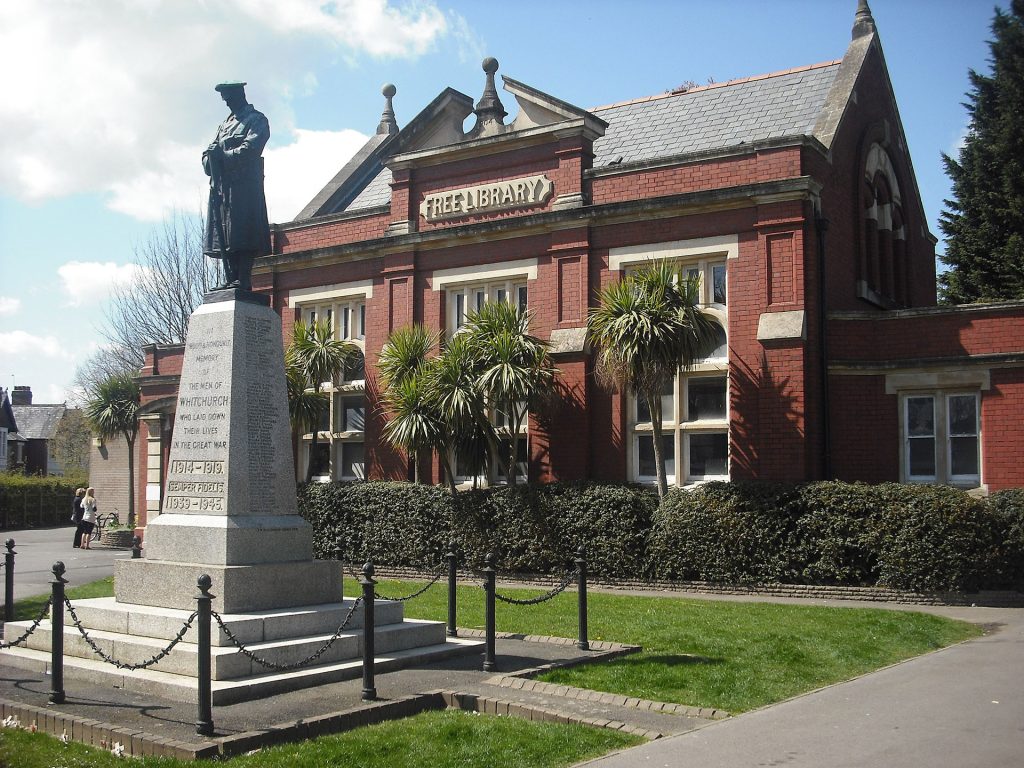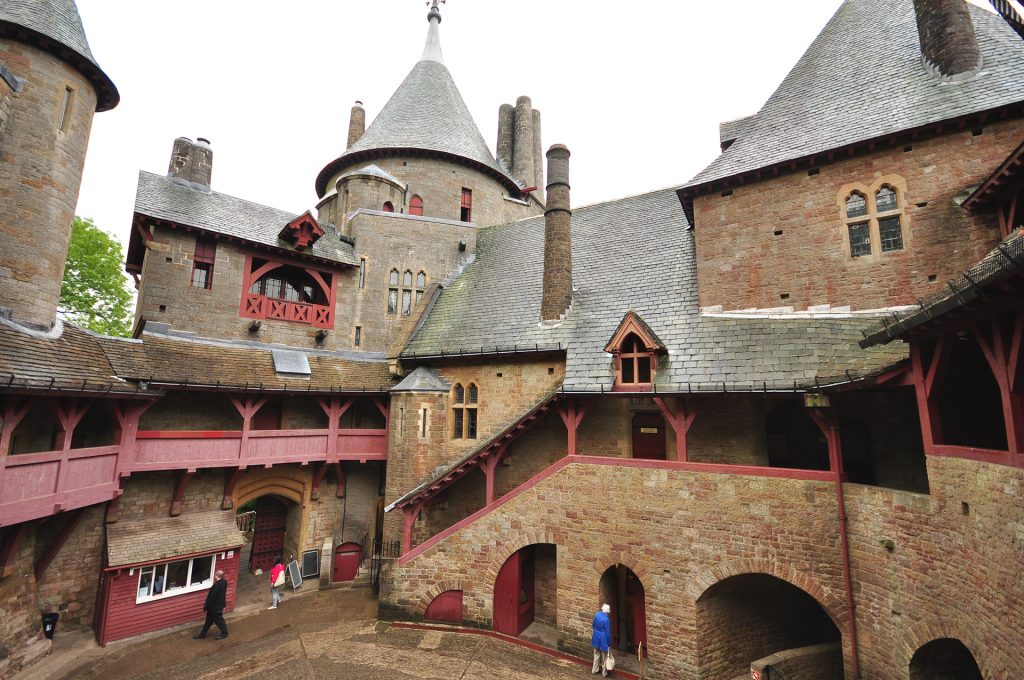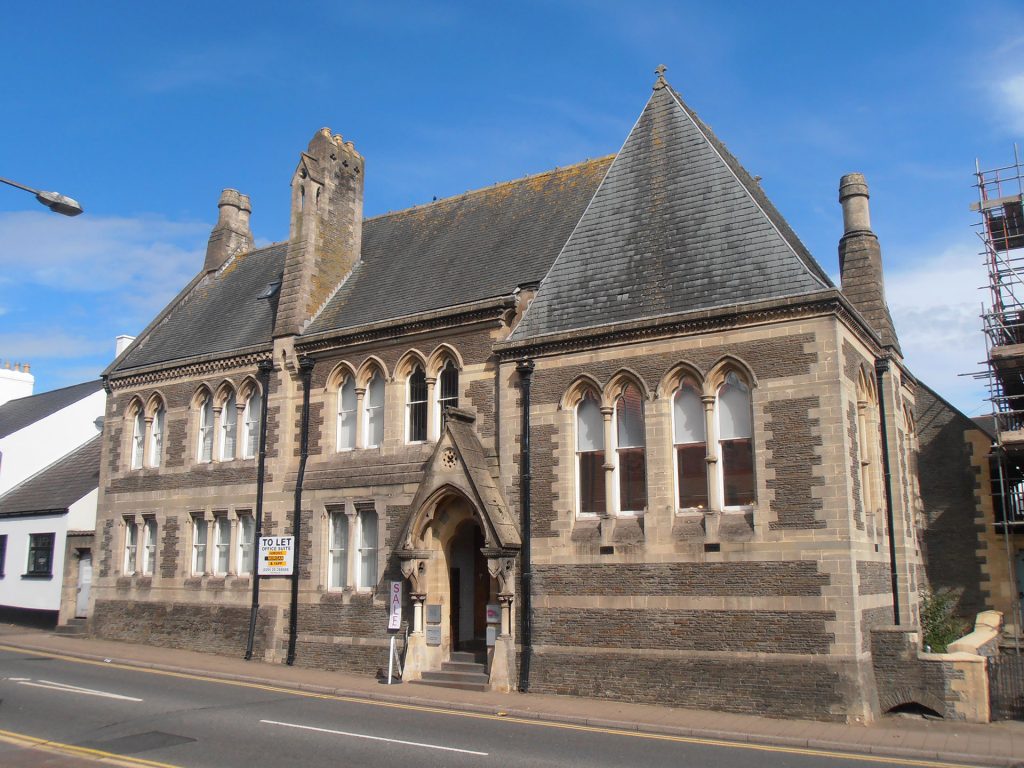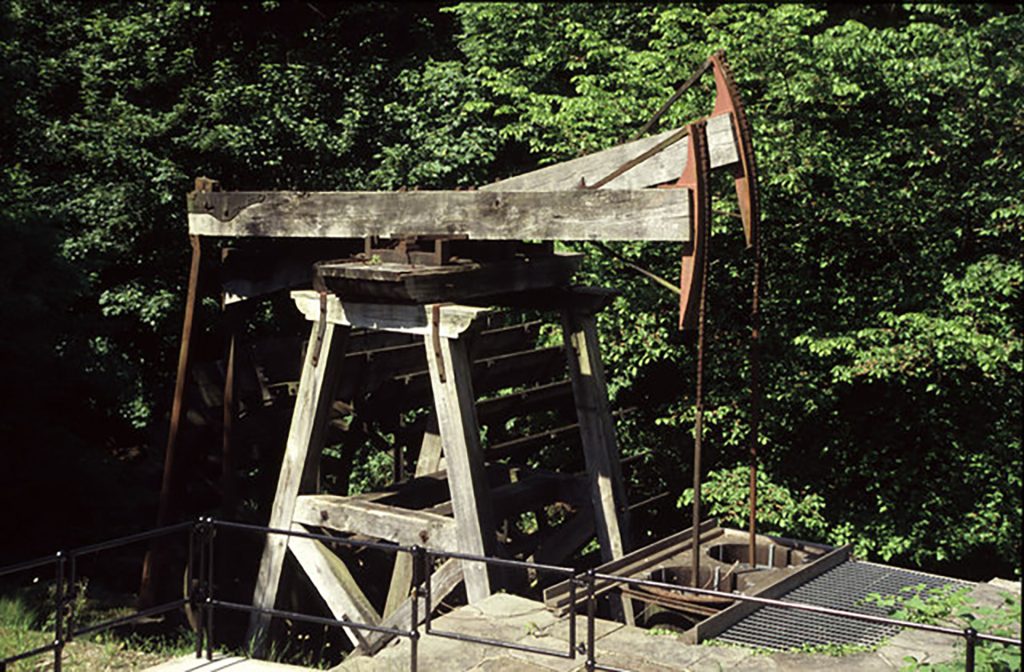Whitchurch and Llandaff: A Living History
The villages of Whitchurch, Llandaff, and Llandaff North are crammed with history, both ancient and modern
Llandaff Cathedral
The present building dates from the Norman period, around 1120 under Urban, bishop from 1107 to 1134, a Welshman, and was extended in the early thirteenth century. Further additions and modifications were made in the later Middle Ages.
The Cathedral has undergone three major upheavals and restorations. In the eighteenth century, when the nave was roofless, the architect John Wood of Bath, built a ‘temple’ style church in the choir and part of the nave. The devastation of the Cathedral on 2nd January 1941, caused by the explosion of a German landmine outside the south aisle was addressed in the 1950s under the architect, George Pace, with a repaired and refurbished cathedral and the addition of the St David, or Welch Regiment Chapel.
Whitchurch Common
Until the mid-18th century, the population of the district was probably no more than 300 people, living in about 50 small farms and cottages. Tenants were free to graze their animals on Whitchurch Common.

During World War II, the Common was used as a camp for American soldiers. The soldiers virtually vanished overnight – all sent to the beaches at Normandy and the D-Day landings. Before they left, they planted the avenue of trees that still lines the Common today. A plaque commemorates their time in Whitchurch, and the gratitude that they had for the locals.
Whitchurch Library

Whitchurch Library Gardens was acquired by the Parish Council in 1899, following which the Council approached the Carnegie Trust for a grant to build a public library on part of the site. The application was successful and the library building was completed in late 1904. It was designed by Messrs. R.& S. Williams and built at a cost of £2,000 by Mr. W. T. Morgan.
Bishop’s Palace, Llandaff
The Old Bishop’s Palace was probably built by William de Brewse, bishop between 1266 and 1287. After Owain Glyndwr’s rebellion against Henry IV, the building was superseded as the Bishop’s residence by the Palace at Mathern. The building also provided refuge for the people of Llandaff during a violent dispute between local families in 1597.

The enclosing wall and corner towers remain to this day, the gatehouse showing great similarity to parts of Caerphilly Castle. On the wall to the left of the entrance can be seen the sloping roof of the Bush Inn, which stood against the gatehouse and was still inhabited in the 18th century.
Castle Coch, Tongwynlais
The ‘eccentric genius’ William Burges was given free rein by his paymaster, John Patrick Crichton-Stuart, the 3rd marquess of Bute, to create a rural retreat to complement the opulence of his main residence, Cardiff Castle. He didn’t hold back. Dazzling ceilings, over-the-top furnishings and furniture were liberally applied.

Colleagues faithfully continued work on the interiors for another ten years after Burges’s death in 1881. The castle was not suitable for, nor was it intended to be, a permanent residence and the family’s visits were infrequent. The castle rests on ancient foundations.
The Old Probate Registry, Llandaff
Built in 1861, the Probate Registry was built by Thomas Williams of Canton, who was later responsible for overseeing the creation of the Cathedral’s spire. The Registry was built at a cost of £1,000 to house the civil administration of Probate, which up until 1857, had been an ecclesiastical duty.

Melingriffith Water Pump
Melingriffith Water Pump is a water-driven water pump that was built by Watkin George, of Cyfartha, around 1793, to return precious water from the Melingriffith Tin Plate Works to the Glamorganshire Canal. The water pump is a scheduled monument and has been restored twice since it ceased operation in the 1940s.

The most recent restoration work, costing £100,000, was funded by Cadw and Cardiff Council. The nearby tinplate works were demolished in the 1980s and replaced by a housing estate.
All images are used under the Creative Commons Attribution-Share Alike 4.0 International license

